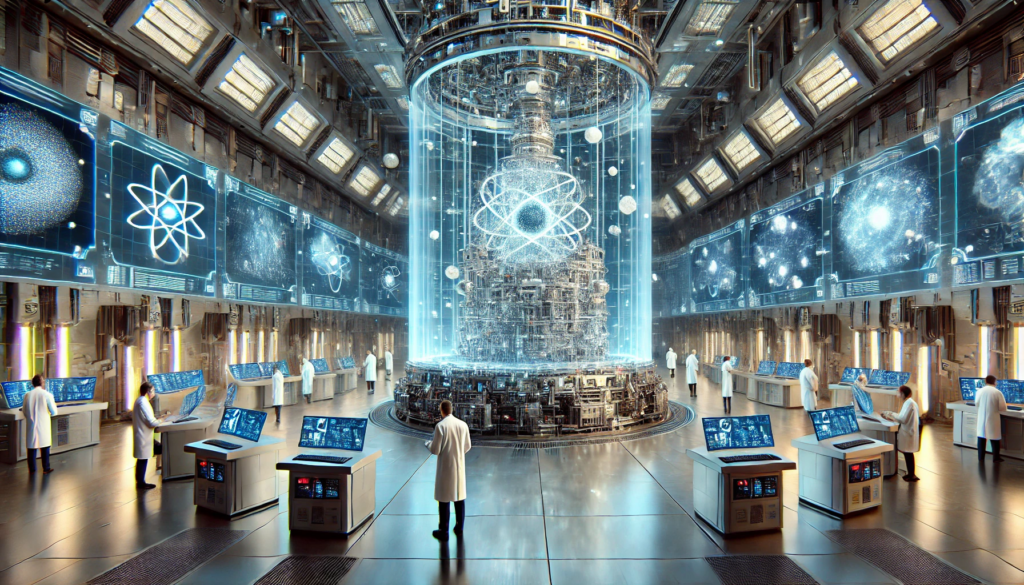In a remarkable scientific breakthrough, researchers from the UM6P School of Applied and Engineering Physics have played a pivotal role in detecting the most energetic neutrino ever observed—an astonishing 220 PeV. This achievement, made in collaboration with the KM3NeT (Cubic Kilometre Neutrino Telescope) project, marks a significant milestone in astrophysics, offering new insights into the universe’s most extreme cosmic phenomena.
This groundbreaking discovery, recently published in Nature, paves the way for a deeper understanding of the violent astrophysical events that shape our universe, including black holes, gamma-ray bursts, and supernovae. Through this contribution, UM6P reaffirms its commitment to cutting-edge research and global scientific collaboration, further solidifying its position as a leader in fundamental science and innovation.

A Major Leap in Astrophysics
The UM6P School of Applied and Engineering Physics is proud to announce its contribution to this groundbreaking scientific achievement. As part of the international KM3NeT collaboration, researchers from UM6P played a key role in detecting an ultra-high-energy neutrino—the most energetic ever observed.
Unveiling the Universe’s Most Energetic Phenomena
This discovery, made by the ARCA detector deep in the Mediterranean Sea, marks a major step forward in understanding cosmic rays and extreme astrophysical events. Neutrinos, elusive particles that travel across the universe virtually undisturbed, carry crucial information about the most violent cosmic sources, such as black holes, gamma-ray bursts, and supernovae.
Published in Nature: A Testament to Global Scientific Collaboration
This groundbreaking finding was published in Nature on February 12, 2025, underscoring the importance of international scientific cooperation in unraveling the universe’s mysteries. The UM6P School of Applied and Engineering Physics is honored to contribute to this milestone, reaffirming its dedication to cutting-edge research and technological innovation.
UM6P: Pioneering Scientific Discovery
At UM6P, research in neutrino physics, astrophysics, and fundamental science continues to push boundaries, fostering innovation and deepening our understanding of the universe. The university takes pride in being at the forefront of global scientific exploration, reinforcing its role as a hub for groundbreaking discoveries.
Read More
For a detailed look at this remarkable achievement, read the full article in Nature: Read More

Leave a Reply